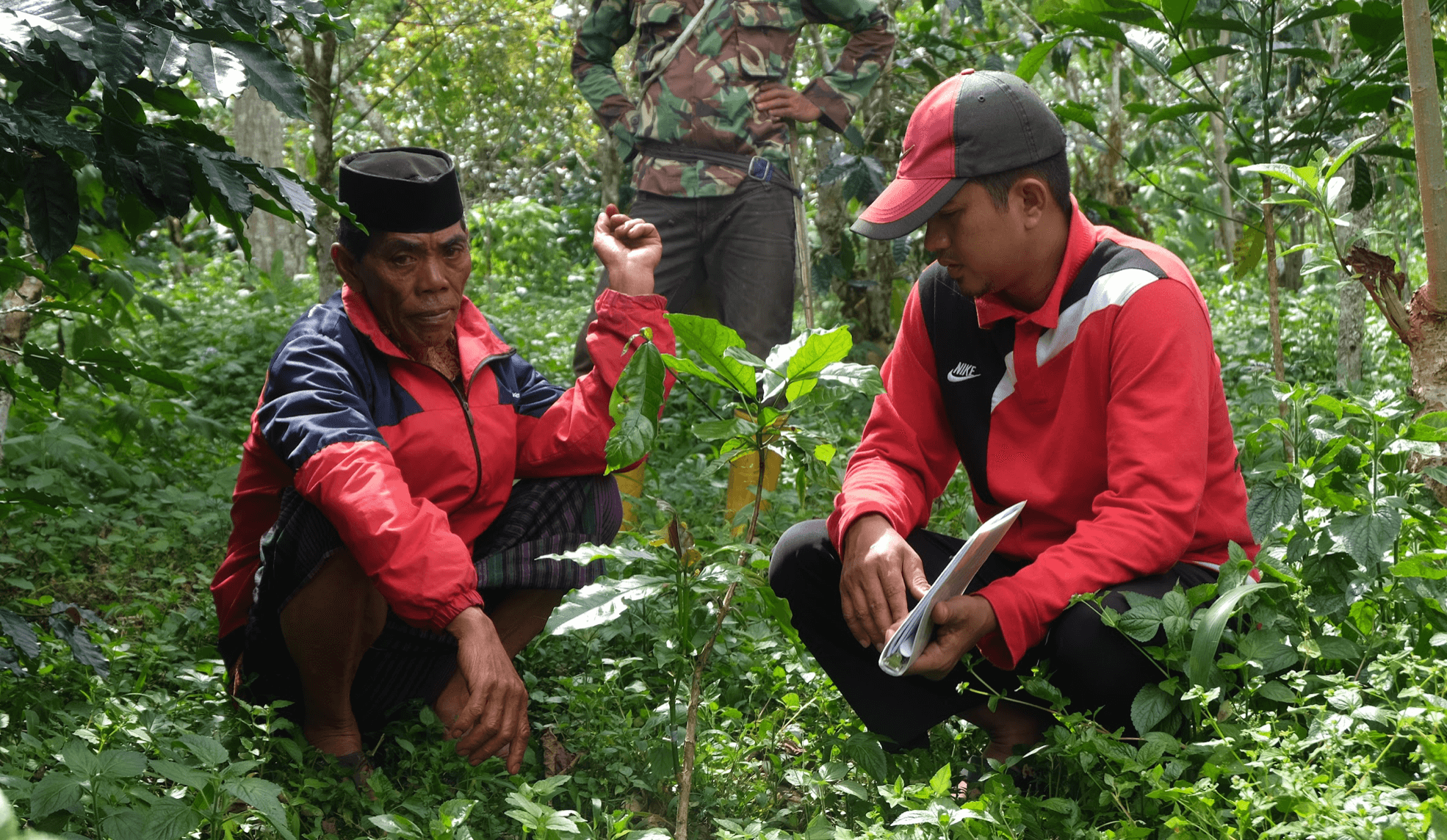Lasico Coffee was established in 2019 which focus in coffee processor. Our mission is to bring local coffee to the world.
When you drink Lasico Coffee, you’re not just taking your usual cup of regular coffee; you’re acknowledging and toasting the human sense, physically and psychologically. You speak to your friends and colleagues around you about where your cup of coffee comes from. Experience the taste that is draped with history and purpose.
Sourcing and harvesting only the best and finest coffee beans directly from coffee estates around Lompobattang Mountain, then expertly processed to produce excellence and luxurious quality without compromise.
Lasico Coffee is a clean after-taste, wonderfully floral, with just the right-balanced acidity and body. Its complexity of flavors spans fruity and sweet aroma. Our coffee is harvested from the elevated coffee estates of Southern Sulawesi Mount Lompobattang (Tompobulu district), at 1,200-1,800 meters above sea level, also known as “Bonthain” coffee after the name of the mountain.
Introducing
Bonthain Coffee
The EARLY 16th century
In the centuries that followed, wondrous tales and exciting stories regaled of a resource so more valuable than gold that kingdoms were created and engines of trade and commerce sprung for the right to possess and consume it.
In the year 1602 the Dutch government established the “Dutch East India Company” (VOC; Verenigde Oost-indische Compagnie) as a chartered company and granted it a 21-year monopoly on the Dutch spice trade. This was the first model of what we consider today a multinational corporation.

Coffee in Sulawesi
Meanwhile, in 1653, Sultan Hasanuddin the king of that era marks the rising of the Gowa-Tallo Kingdom. Coffee plants have been known to Southern Sulawesi by Arab traders who traded and brought Arabica seed from Yaman. Since then, the people of southern Sulawesi began coffee plantations at Mount Lompobattang. This was thought to be initiated by the Gowa King and Arab Traders.
Meanwhile, in 1653, Sultan Hasanuddin the king of that era marks the rising of the Gowa-Tallo Kingdom. Coffee plants have been known to Southern Sulawesi by Arab traders who traded and brought Arabica seed from Yaman. Since then, the people of southern Sulawesi began coffee plantations at Mount Lompobattang. This was thought to be initiated by the Gowa King and Arab Traders.
Coffee Become Popular
Since coffee became very popular in Europe around 1690, many European countries like Dutch, English, and French tried to get coffee plants or seedlings for trading purposes from different Arab ports but the Arabs had forbidden the trade of coffee in fertile beans or plants because they wanted to keep their monopoly.
Eventually, the trading monopoly was won by the Dutch and the coffee plants were obtained most likely in Malabar (India), where the Dutch East India Company ruled. In 1696, the Dutch governor of Batavia received a shipment of Arabica coffee seeds (Typica and Bourbon) from the Dutch governor of Malabar, India, and then cultivate them in Java.

Coffee After Independence Day
Due to the success of coffee production in Java in 1870, the Dutch then expanded growing areas of Arabica (Typica & Bourbon) coffee cultivation to Sumatra, Bali, Timor, and Sulawesi including Southern Sulawesi Mount Lompobattang particularly.
Plantations on Java were then nationalized after Indonesia’s independence and revitalized with new varieties of arabica coffee in the 1950s. The government and various development programs on coffee plantations are also adopted by small farmers. Today more than 90 percent of Indonesia’s coffee is grown by smallholders on farms averaging one hectare or less. Most of the production is organic and at least 19 farmer cooperatives and exporters are internationally certified to market organic coffee. The varieties such as Catimor, S975, Ateng Super, and Timtim are planted across Southern Sulawesi.

Types of Equipment & Tools Used in the 18th Century
Coffee Processing in the Mount Lompobattang area has occurred since VOC’s colonization era in the 16th century. The process of making coffee using manual tools is shown below and can be proven by the culture that has been carried out since. One of the tools that have been used is a manual pulper to separate the cherries from the coffee pulp. There is also a pounder used to separate the parchment and coffee beans, all manually by hand.

Local Witness From 1960’s


The local elder who also senior coffee farmer in Panjang Village Bantaeng around Mount Lompobattang witnessed the development of coffee culture and cultivation since the Government Progra of coffee plant cultivation..

Leave a Reply